Advancements in the solar world are truly life-changing and redefining the energy sector. One such innovation is the solar panel optimisers.
Solar panel optimisers are devices that designed to employ maximum power point tracking (PPT) to boost the performance of every panel in the solar panel array.
This enhances the energy output of a Photovoltaic (PV) solar system when factors like shading cause solar panels to be inefficient while the remaining part of the array operate optimally.
If you have already installed a solar panel system or you are planning to jump onto the solar panel bandwagon, you’ll be interested in learning how to get maximum returns on your solar panel investment.
As solar technologies advance, solar optimisers are turning out to be what solar system owners need to secure maximum value from their investments in PV systems.
In fact, they have made a name for themselves for helping owners to withstand the effects of conditions that decrease the total output expected from a normal PV system.
So, should you consider buying a solar optimiser to maximise your solar energy output? Here’s everything you need to know about solar optimisers.
What is Solar Panel Optimisation?
Also referred to as Panel Level Optimisation (PLO), solar panel optimisation is the process of achieving optimal amount of usable energy from each of your solar panels within your PV solar system. This is through an additional feature added to the solar modules.
Ideally, solar panel optimisation incorporates devices known as Module Level Power Electronics (MLPEs) during installation of solar panel to optimise the energy production from every single solar panel.
Obviously, external factors like shading reduce the overall efficiency of solar panels. As such, if a single panel within a string becomes faulty and under-performs in any traditional solar installation, the remaining panels will eventually perform at the affected panel.
For instance, if due to shading a solar panel produces 50% energy output, the rest of the panels within the string, despite being unshaded, will reflect the output level of the solar panel that is affected—delivering at an average output of 50%.
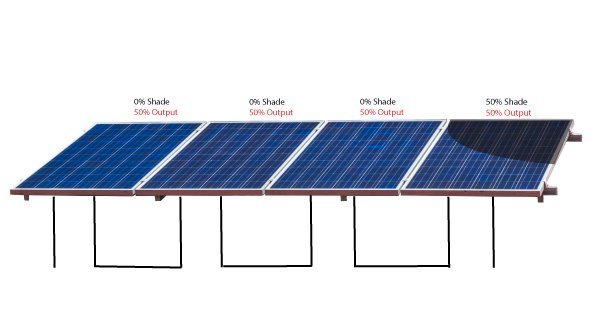
Lower system production from a traditional solar system
The main aim of solar optimisation is to ensure the performance of every solar panel in a solar array are unaffected by the poor performance of one panel.
The process ensures that each panel within the string produces maximum output regardless of the efficiency levels of the rest of the solar panels.
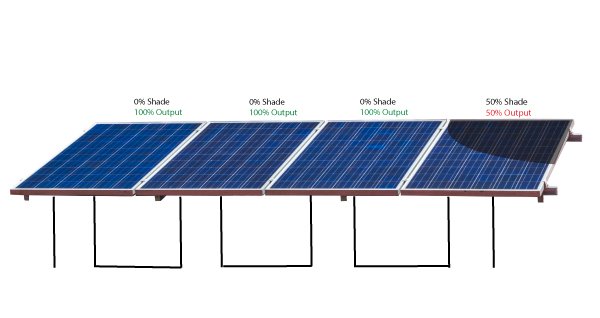
Productivity of an optimised solar system
What is a Solar Optimiser?
Basically, solar optimisers are devices designed to maximise the power output from a solar PV system. In other words, these devices are the Module Level Power Electronics (MLPE) attached to solar panels during installation to ensure each panel generates optimal energy output.
The MLPE can be installed to one or every solar panel in the array, and when this is done, then not even a shaded solar panel will bog down your power output from the rest of the array.
How about Bypass Diodes?
Ever heard of them? Nope? Well, bypass diodes are devices designed to enhance the performance of your solar system when panels are shaded but are not wired to optimise individual solar panels.
A panel is wired in three columns known as cell strings and each of the cell strings carries a bypass diode. Ideally, the effects of shading over a given panel in a solar array resemble clogs in your water pipe. In essence, internal resistance at the shaded area increases, restricting the flow of current.
When this obstruction occurs, that’s when the bypass diodes get activated to redirect the current using the available “shortcut” to the next cell string. This action unfortunately reduces the solar panel voltage by about a third.
Bypass diodes can also be deactivated when too much shading causes the voltage to be significantly low to the point of shutting off the whole system.
Initially, solar power optimisers were one of the superior solar technologies designed to stem shading problems. However, through panel-level optimisation, the output of other solar panels in the PV system can’t be compromised by the poor performance of a single component.
How a Solar Panel Optimiser Works
To function, a solar optimiser relies on the solar technology known as Maximum Power Point Tracking (MPPT). Through this technology, an optimiser is able to track the optimal energy of each panel instantaneously, regulating the voltage before it’s transmitted to your solar inverter.
Hence, regardless of the efficiency of other solar panels, your solar power system will still hit its optimal energy generation.
Types of Solar Optimisers
Only five main types of optimisers are available on the Australian market:
- Smart Panels
- Discrete DC Optimisers
- Microinverters
- Maxim Panel
1. Smart Panels
Smart panels, also called integrated DC optimisers are solar panels that come with a pre-installed DC optimiser at the rear end of the panel, and come as one complete factory unit.
Given that each solar panel has a built-in optimiser, the DC optimisers cannot be installed in only a few collectors. But, purchasing just one of these is ultimately cheaper than purchasing the standard solar panel with a separate DC optimiser.
A standard solar PV connection is only possible when installing smart panels. The panels are then connected in a sequence before the string is connected to a solar inverter.
The smart panels available on the market were developed by the DC optimiser company Tigo in conjunction with module manufacturing companies like Trina Solar, Jinko Solar and Canadian Solar, to name but a few.
2. Discrete DC Optimisers
These are certainly the second priciest solar optimisers after micro-inverters. They optimise solar by using a small device known as a DC optimiser that’s attached to a solar panel (a single DC optimiser for each panel).
Next, the panels are jointly laid in an array during installation, before the string is connected to one solar inverter, that is, the DC to AC solar inverter.
The energy produced by the solar PV series is then transmitted around your roof at a very high voltage.
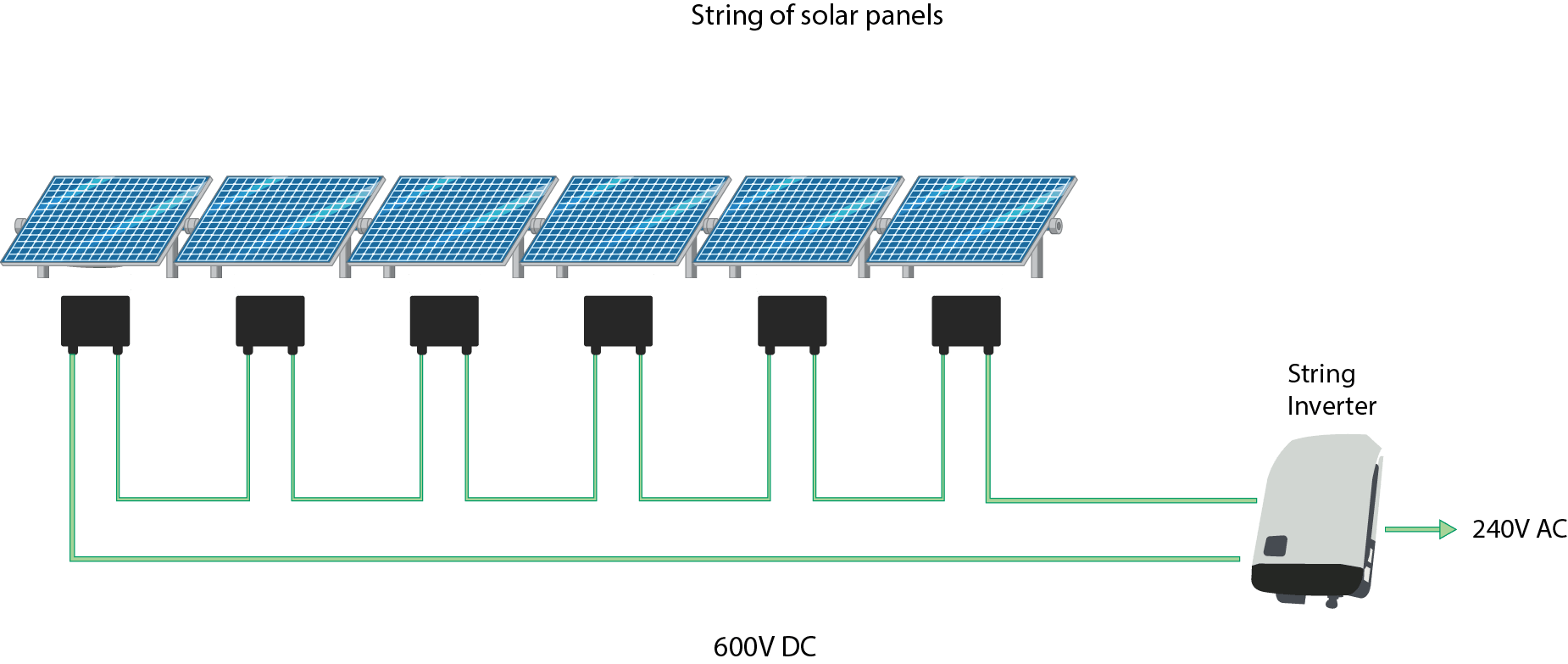
Discrete DC optimisers joined to panels within a string
In contrast to an integrated DC optimiser, a discrete optimiser is a separate device attached to each solar panel to boost their performance.
Ideally, a DC optimiser is not needed for each solar panel and all you have to do is determine the panels affected by shading and attach the optimiser to these specific solar panels, ultimately saving more on panel optimisation.
Tigo is one of the leading manufacturers of DC optimisers. The company was incepted in 2007 and initially specialised in developing solar panels integrated with DC optimisers at the back. It later changed focus and currently designs individual optimisers only.
3. Microinverters
This is so far the most expensive option when it comes to solar panel optimisation. As the name insinuates, a microinverter is simply a tiny inverter.
Microinverters use a distinct approach in their solar panel optimisation process. The solar panels are neither joined in an array, a string nor to a single centrally located inverter. Rather, the solar panels are connected in a parallel way before a miniaturised microinverter is installed on them.
In this optimisation option, every panel has an inverter and integrated optimiser that enable each collector to operate independently, inhibiting one collector from getting bogged down by an under-performing panel.
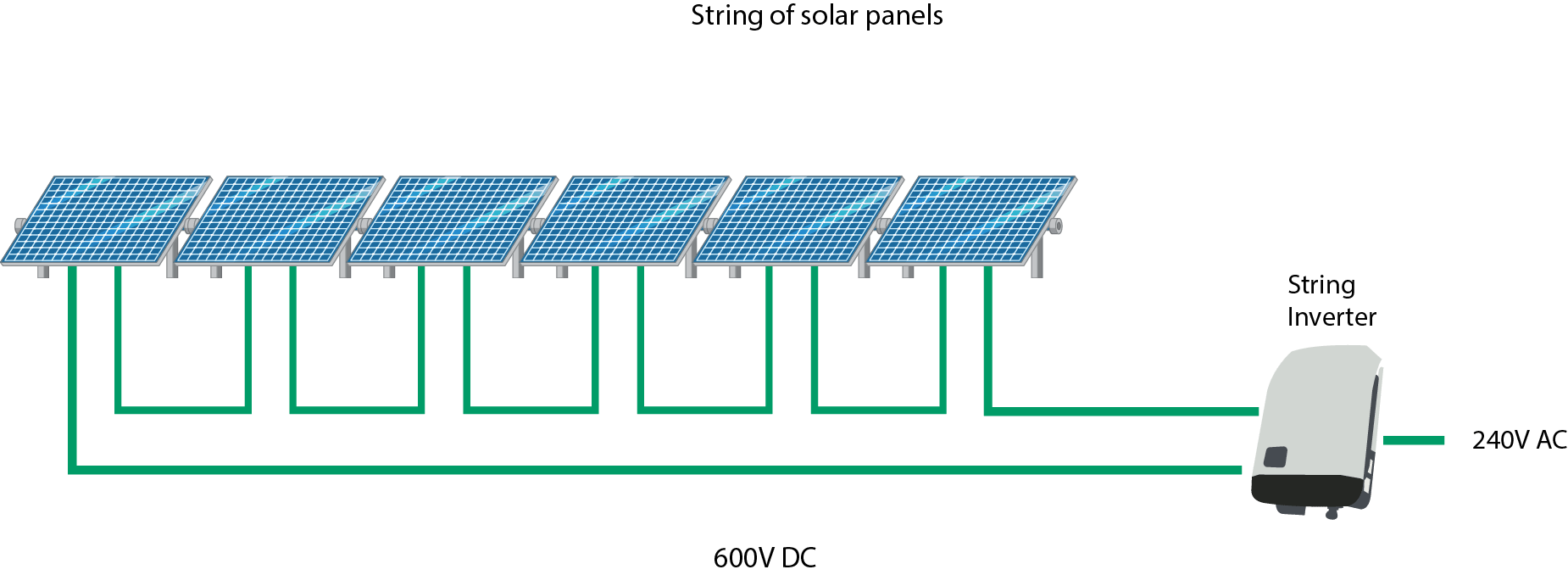
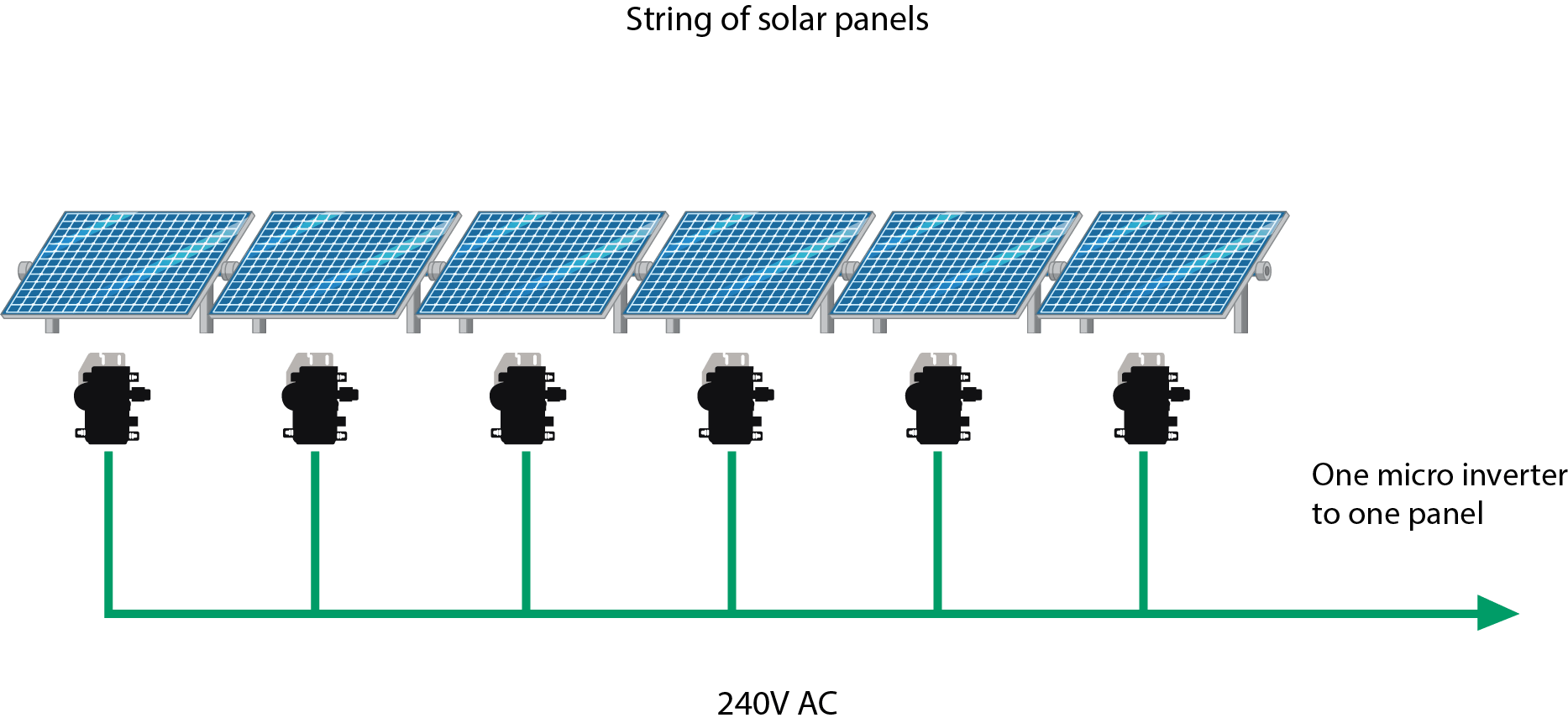
Benefits of Using Microinverters to Optimise Solar
- Low Voltage Across Your Roof
In any given standard installation, a DC voltage with a maximum of 600V will traverse throughout your roof and stop at the string inverter. Such a high voltage creates dangerous fire and arcing risks.
When microinverters are incorporated, the conversion of DC to AC power takes places within the solar power system, and the electricity generated is transmitted at a relatively low voltage of 240V AC.
- No Central Point of Failure
In a typical installation, whenever a central inverter has a problem, the entire system becomes grounded hence power generation stops. However, when a microinverter is used for solar optimisation, in case the microinverter fails, you will only lose the energy generated by panels directly connected to it.
4. Maxim Panels
This is the most pocket friendly solar optimisation option. Maxim panels are manufactured by Maxim Integrated, a microchip corporation.
With the maxim solar panel optimisation, a single panel features three small optimisers that are attached to it (one per cell string), connecting three bypass diodes designed to minimise the effects of shading.
Even so, these minute chips do not avoid the shaded cell path in their quest to transmit the current using another pathway, but rather improve the weaker cell’s current to match that generated by the more robust cells.
And since smart panels and discrete DC optimisers are designed to optimise solar panels, more often than not, maxim solar optimisers are considered as ‘solar cell optimisers’.
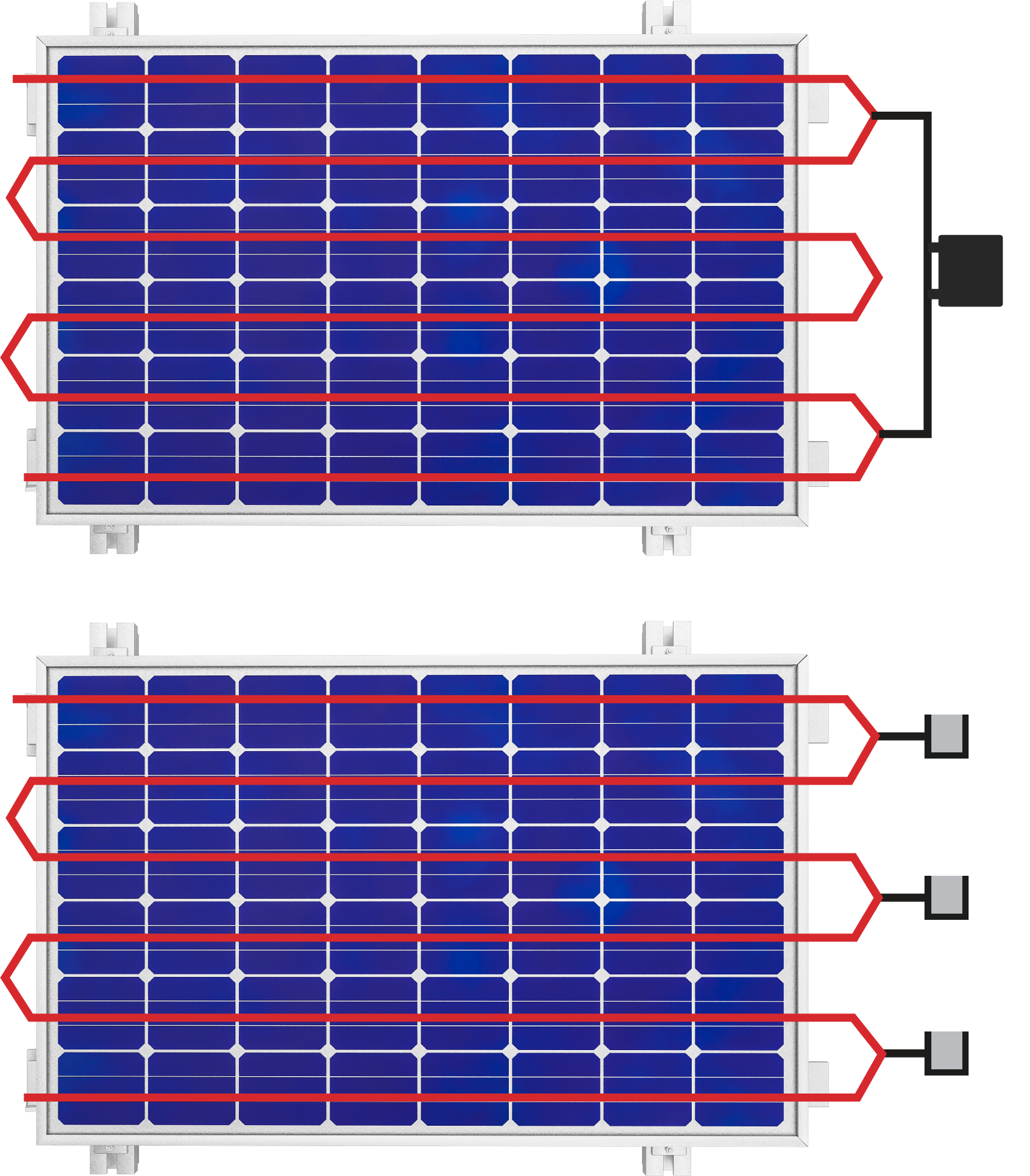
Solar optimiser vs maxim solar cell optimiser
For now, Maxim Integrated Company doesn’t actually produce solar panels but rather Maxim chips (cell optimisers) which they sell to solar panel makers to create the Maxim panels.
These solar manufacturers include Suntech, Jinko Solar, ET Solar and Trina Solar. The Maxim panels are joined in a string, and the series string is connected to a central inverter designed to function effectively with any string inverter. Unfortunately, Maxim solar panels trail behind other players in the Australian market.
What’s the Best Type of Solar Optimiser to Choose?
The most suitable optimiser highly depends on your safety concerns and budget.
When should you Choose Maxim Panels?
Make Maxim panels your choice when looking for a budget-friendly optimiser. However, it’s unfortunate that Maxim panels are no longer appealing to Australian consumers and hence the panels have been slowly exiting the market.
Choosing Smart Panels as the Best Option
If you’re interested in the most affordable optimisers on the Australian market, this is it. Considering that Maxim solar panels are leaving the Australian energy market, smart panels will certainly be the most viable option for budget-conscious consumers.
Choosing Discrete DC Optimisers as your Best Option
If you’re the budget-conscious consumer whose panels experience minimal shading, the discrete DC optimisers can be attached to your solar panels to maximise your energy output.
This can work more effectively if only a few solar panels get shaded more often. Instead of installing optimisers on each and every panel including those working at optimal, you can always attach an optimiser to the panel whose energy output has been affected by shading.
Attaching fewer optimisers comparative to your panels translates to more savings with discrete DC optimisers as compared to using integrated DC optimisers.
Microinverters as Your Best Option
Of course, the safety of your rooftop must be a priority. And well-installed solar power systems have minimal risk. Thankfully, optimisers come with an in-built safety mechanism that automatically shuts down your panels in case of a default.
By design, microinverters are the safest type of optimisers. The others transmit generated power at a high current DC of about 600 voltages. When it comes to DC arcing, the presence of such voltage within your roof can be very dangerous.
But with microinverters, the electricity generated is immediately converted into AC power that gets transmitted within your rooftop at a moderately low voltage of 240V.
Understanding the differences and similarities between microinverters and DC optimisers will help inform your decision for the best solar optimiser.
Example:
It’s easier to install DC optimisers with solar batteries and so you will only have to choose between smart panels or DC optimisers in case your solar power system features battery storage.
Microinverters are scalable since each of the solar panels work independently. Hence, consumers can always add new “microinverter + solar module combo’ to their existing system.
Generally, the sizes of solar modules depend on the DC energy input from the string inverter. To increase the size of your solar system, you will be required to modify the string inverter.
So if you’re looking to start off small before finally increasing the size of your solar power system, then microinverters may be a sensible choice.
Who Is Qualified To Install Solar Panel Optimisers?
Solar optimisers must be installed by a CEC certified installer. If you’re considering solar for the first time, then it may be prudent to add power optimisers to your solar system and allow the installer to do the job once.
If you have an existing solar system, be sure to contact a qualified electrician to install the optimisers.
DIY installations are a no-no, regardless of whether you know how to do it except if you’re an accredited electrician or solar installer.
Is it Easy to Install Solar Panel Optimisers?
Installing a solar panel optimiser is quite easy though this doesn’t qualify them as a DIY project.
When installing SolarEdge power optimisers, start by grounding the equipment. Usually, your installer will insert a star washer between the rack and the metal plate attached to your power optimiser.
Thereafter, the optimisers are easily wired together, thanks to their interlocking male-female connectors.
Finally, connect the PV modules to the power optimisers. This is as fast as connecting the two small cables from the PV modules and the power optimisers.
Are Solar Panel Optimisers a Viable Investment?
Solar panel optimisers are a feature that increases the overall cost of your solar system installation. Even then, installing a solar optimiser is definitely worth every penny since they enable you to reduce energy losses, giving you faster returns on investment.
Of course, the general cost of any optimised solar system surpasses that of a similar standard system. However, the variance in the cost also depends on the type of solar panel optimiser used.
Take for instance, the standard 6kw solar system; the most commonly installed solar panels in Australia.
As of 2022, the cost of a 6kW system ranges from $5,000-$9,000. As such, a decision to optimise it will increase the overall cost of installation as follows:
- Micro-inverters at $2,000
- Discrete DC optimisers at $1,600
- Smart panels at $1,200
- Maxim panels at $500
Fortunately, the benefits of using solar optimisers exceed the cost of integrating them into your solar power system particularly if your panels are affected by shading or any other condition that causes loss of power.
Solar optimisers are designed to ensure your solar panels generate optimal energy output.
After harvesting maximum solar energy, you will have to:
- Enhance self-consumption. It ultimately cuts the amount of energy needed from the main grid, positively affecting your power bills.
- Export excess power to the main grid. With this, you’ll earn money on the surplus electricity exported to the grid.
In both scenarios, you’ll enjoy energy savings and eventually recoup your initial solar installation cost in no time.
When Should You Install a Solar Power Optimiser?
You’ll need a solar optimiser when:
- You have a complex rooftop
- Your panels experience excessive shading
- You want to optimise your solar system
- Panel-level monitoring is required
1. Complex Rooftop
A rooftop facing one or two directions is considered a simple roof and might not require solar optimisers. However, the only exception to this is when your simple rooftop gets shaded.
But if your roof is complex, and positioned to face three or more directions, adding solar optimisers would be a must.
This is simply because the solar panels’ direction is among the factors that directly affect the energy output from the solar panels.
For instance, since Australia sits on the southern hemisphere, naturally the sun moves in a northern direction. Hence, northern-facing panels produce the highest output.
East or west-facing solar panels decrease production by about 10%-20%, whereas solar panels facing north decrease energy production by approximately 28%.
Hence, if your complex roof causes the panels to be installed while facing different directions, solar panels will be useful in ensuring optimal energy output from your solar panels.
2. Extreme Shading
A single shaded panel within your solar system can significantly affect your power production and so installing optimisers is necessary. Again, if you often experience partial shading, adding optimisers to your solar system might be a good idea.
Optimisers will make sure unshaded solar panels run optimally while still delivering optimal energy production from the shaded solar panel.
3. Optimise and Maintain Your Solar System
Even when your rooftop is simple and not shaded, you might still need to install power optimisers if maximising energy production from your panels is your main goal. Keep in mind that there are various factors that can affect the efficiency of your solar panels.
For example, moving clouds can cast shadows on your panels and temporarily lead to a dip in the power output.
Dirt like dust and birds poop on your solar panels will eventually reduce efficiency, hence lowering the overall energy generated.
In the event that electrical parameters of certain solar modules or cells are different from others, the mismatch can lead to energy losses. You can fix this problem by regularly cleaning your solar panels.
Integrating optimisers with your solar system can solve these issues (soiling, cloud coverage and solar cell or module mismatch). You’ll get additional electricity of around 8%-12% from your solar system.
4. Panel-level Monitoring
Solar panels installed in a string will run as ‘one’ unit within a traditional solar system installation. As such, you can always monitor the entire system’s output in real-time instead of individual performance of solar panels within the string.
However when it comes to optimised systems, an optimiser integrated with individual panels allows you to see the performance of each unit in real-time.
Can Power Optimisers Perform Under Harsh Environmental Conditions?
Power optimisers are as strong as the solar power systems they are designed for. As such, they can perform in harsh environmental conditions. But when operating under extreme conditions, optimisers become less efficient.
With the optimal power point tracking role of optimisers, they not only operate in Queensland’s severe weather conditions but also push your solar power system to deliver the best results even in these kind of situations.
Are Solar Optimisers Safe for Use and Installation?
Power optimisers are made to be secure components that boast an automated DC-voltage shutdown feature.
Optimisers work to ensure the solar energy system is automatically de-energized when electricity from the main grid is disrupted.
It’s noted that the SolarEdge optimiser and the Enphase microinverter offer an increased level of safety compared to other brands on the market however overall the technology does add another layer of protection.
What Next?
Are you planning to install solar panels? You can contact our experts to find out how much you can save on your solar installation, the rebate you qualify for and the positive environmental impact your decision will have.
Click here for the best solar deals to help you save more on solar!
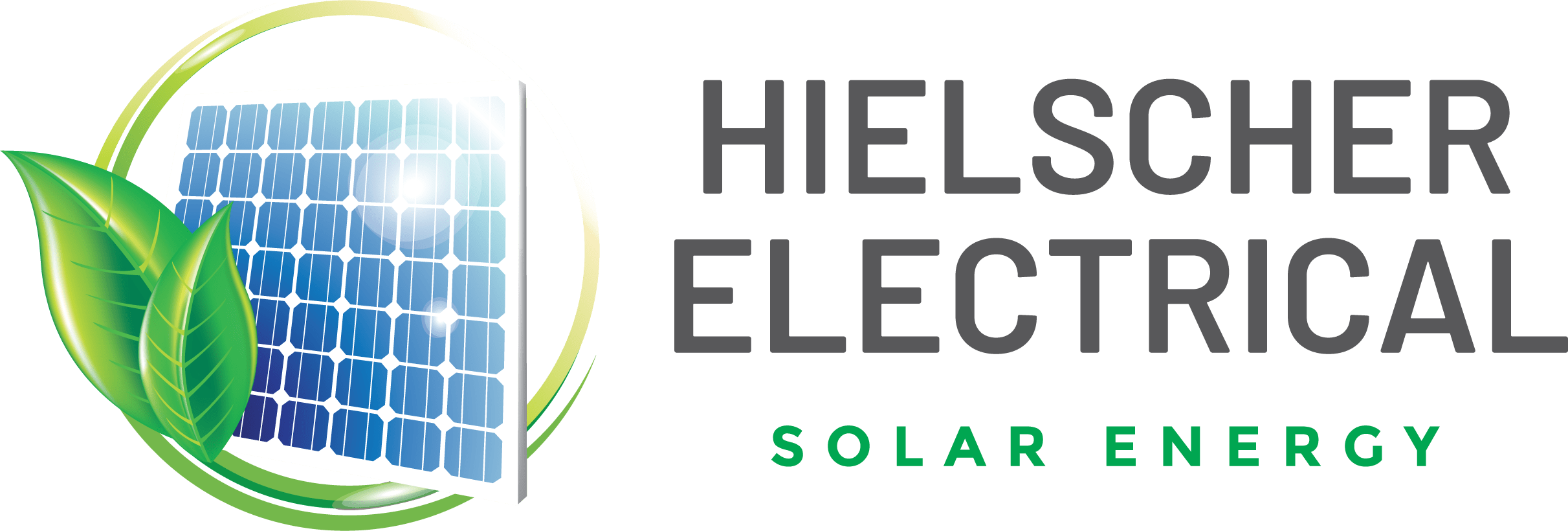


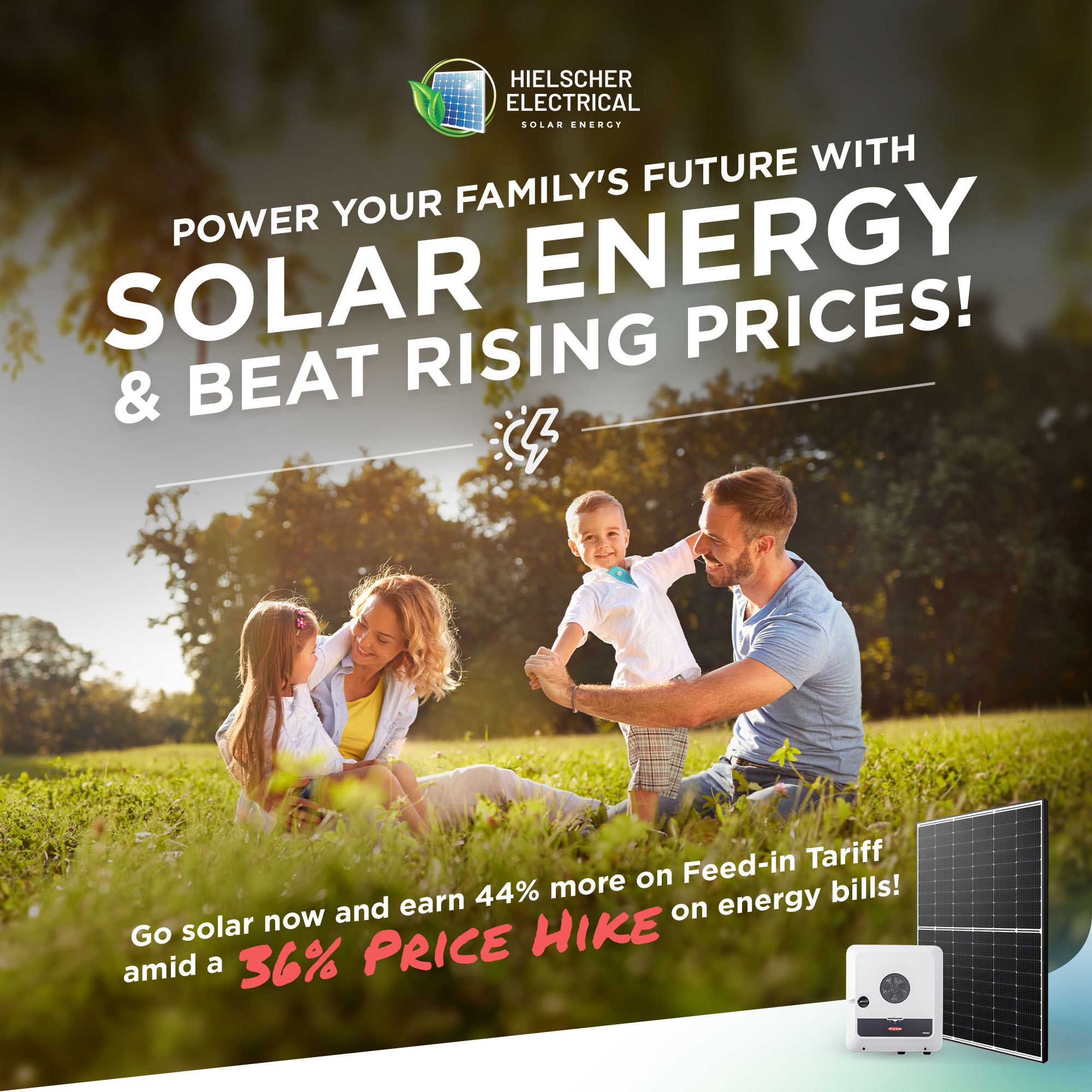
2 Replies to “How Does a Solar Panel Optimiser Work?”
Great article.
Do you work with anybody in Brisbane. We had a 10kw system installed a couple of years ago by a private electrician: paid top dollar (locally sourced components) but it has never performed up to spec. I think I need optimizers on at least the panels facing NW, as they are the worst performers.
G’day Chris, I might be able to assist. What suburb in Brisbane do you live?